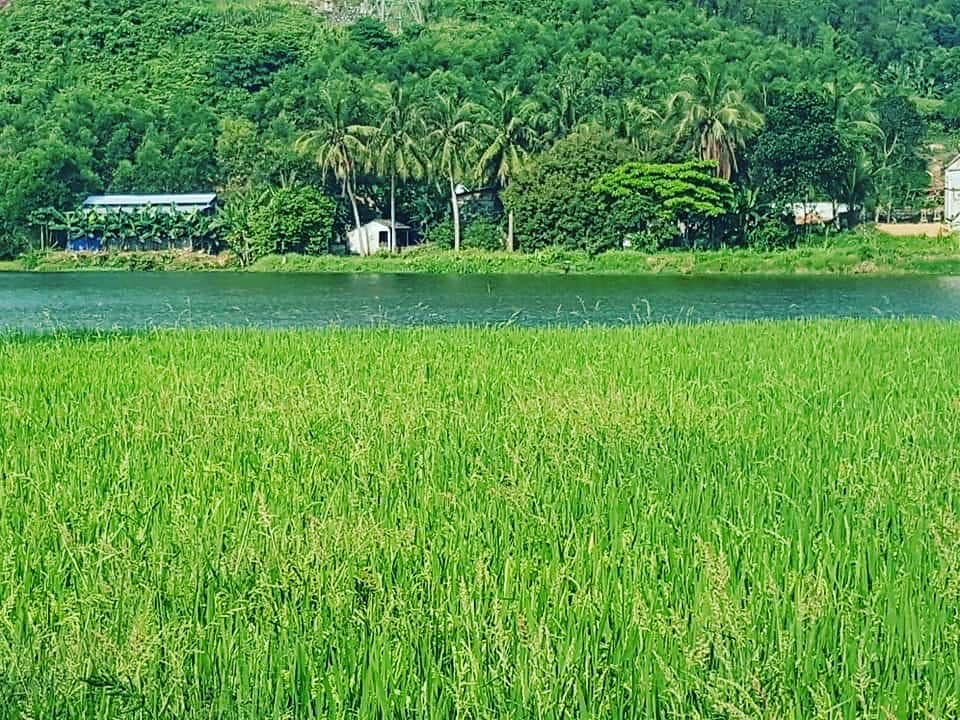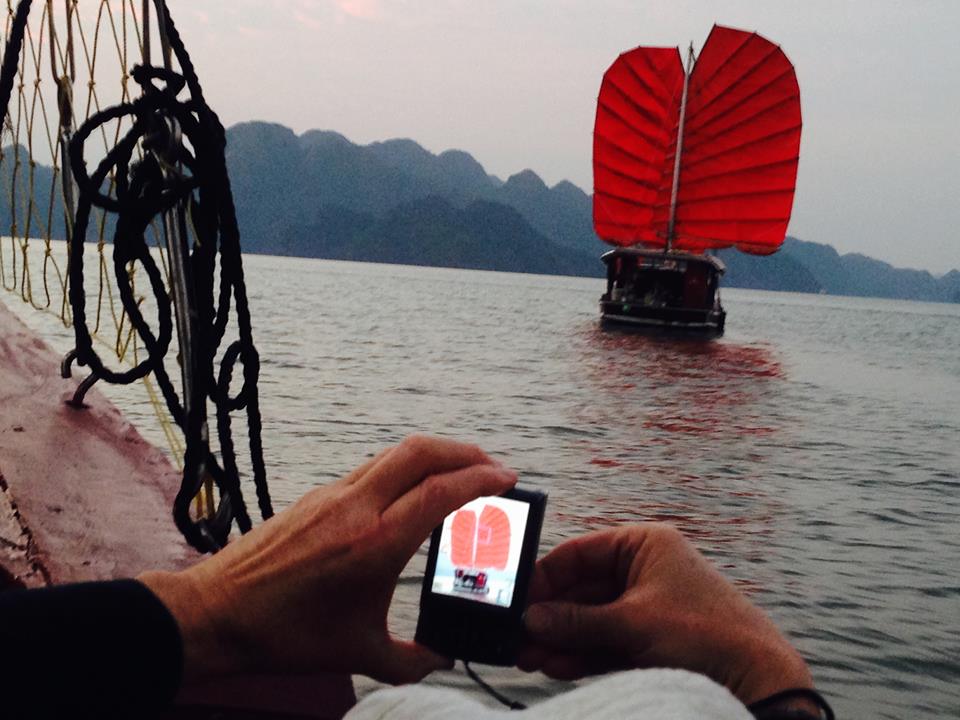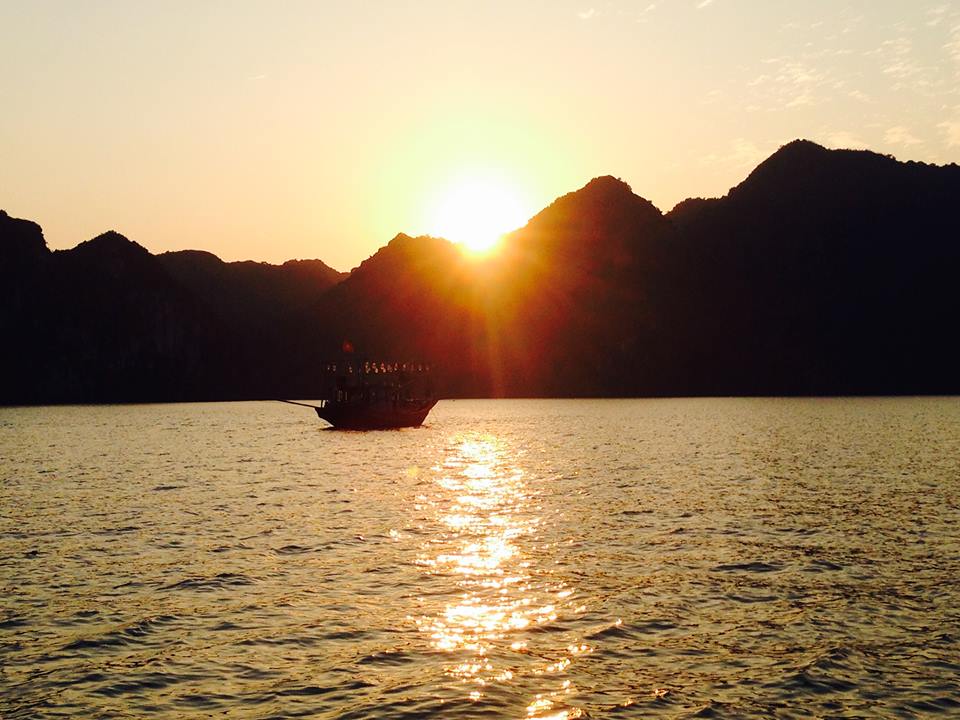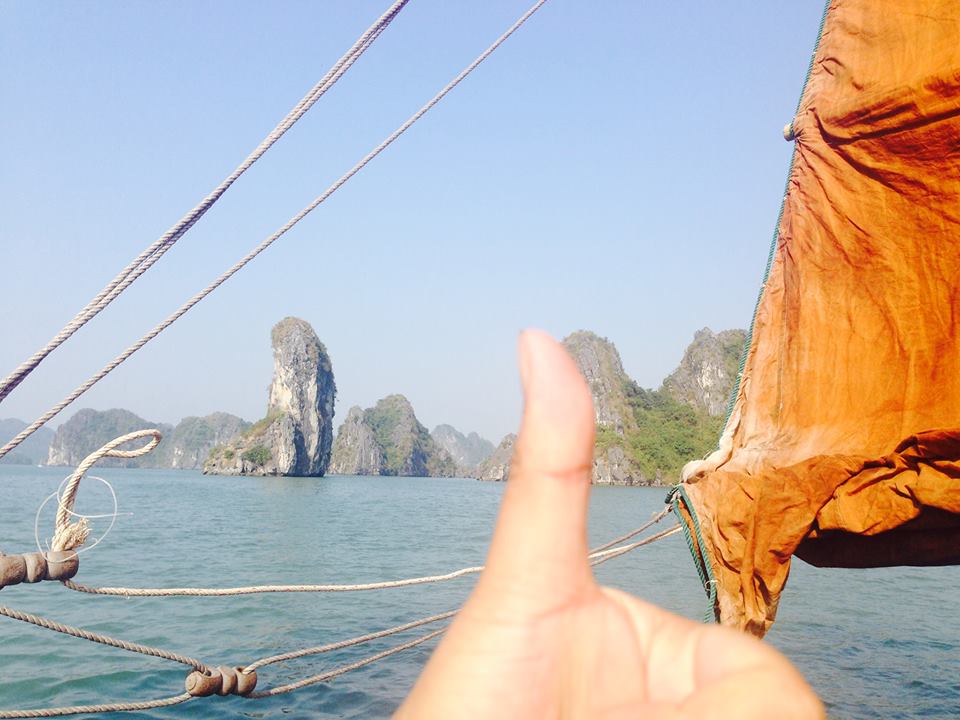Blog de Voyage
Dong Du Village
The Western Nghe An Biosphere Reserve
Updated: 20/3/2020 | 10:52:51 AM
Covered by more than 1.3 million hectares of natural forest and spreading over nine mountainous districts, the Western Nghe An Biosphere Reserve is the only remaining area in northern Vietnam boasting a large expanse of well-preserved primary forest. It is also the largest Biosphere Reserve in South East Asia. The reserve creates a green corridor through Pu Mat National Park – a storehouse of fauna and flora species, Pu Huong and Pu Hoat Nature Reserves.
State, province, region or other administrative units
Region: Socialist Republic of Vietnam
Province: Nghe An
District: Anh Son, Con Cuong, Tuong Duong, Quy Chau, Quy Hop, Que Phong, Ky Son, Thanh Chuong, Tan Ky
Sub - district:
The Proposed Biosphere Reserve has area of about 1,303,285 ha and covers nine mountainous districts including Con Cuong, Anh Son, Tuong Duong, Que Phong, Quy Chau, Quy Hop, Thanh Chuong and Tan Ky. The proposed Biosphere Reserve has been designed based on the criteria to perform three functions of internationally Proposed Biosphere Reserves, the development strategy of the country, the commitment of Nghe An provincial People’s Committee in implementing the Convention of Biological Diversity (CBD) and Agenda 21 national project. The Proposed Biosphere Reserve has 440.8 km friendship border with Laos People’s Democratic Republic. Therefore, there is an opportunity for building a Transboudary Biosphere Reserve after reaching an agreement between the governments.
The bio-geological area of the Proposed Biosphere Reserve belongs to the ecological system of tropical rainforest with 12 forms of ecological system recognized by UNESCO – MAB. The remaining primary tropical rainforests in this Proposed Biosphere Reserve are still a very precious heritage despite the fact that these forests have undergone a lot of past and on-going stresses, including the resistance war against the French, the anti-American war, illegal logging of timber by forest thieves and exploitation by the poor local people whose livelihoods are forest-dependent. This remained preserved vast and diverse primary tropical forest is clearly indicative of strong commitment and exertion of local government and people to protect forests in an age where other regions have let go with economic development at the expense of the forest.
This is the largest in comparison to the Biosphere Reserves recognized and in the system of Reserves in Viet Nam. It is built based on the ideas about the principle of preserving overall landscape with space separated between three protected areas (including a National Park and two special Nature Reserves), which will be inter-connected by buffer zones. The large area of the remaining primary forest, including the part where people have never set foot on will be the place for scientist and researchers to discover new species and species that are endangered of extinction, such as the Pseudoryx nghetinhensis.
The inhabitants of the Proposed Biosphere Reserve include ethnic groups such as: Thai, Dan Lai (Ly Ha), Kho Mu, O Du, H’Mong and Kinh. In particular, the O Du account for only 528 people (according to the survey result on 30/12/2003) who are continuously in decline and who live in very difficult situation. These ethnic groups have remained in the region before the 11th century, who possesses distinguishable culture of Nam Non – Nam Mo – Ca River confluence. Furthermore, the area marked the last limit of Thai people when emigrating to the South. The Proposed Biosphere Reserve will play a part in developing the economy, increasing living standards through green tourism activities, scientific research, awareness-raising and environment education activities and also in preserving national cultural characteristics.
The Western Nghe An Proposed Biosphere Reserve include Pu Mat National Park and 2 Pu Huong and Pu Hoat Nature Reserves, which are divided between nine administrative mountainous districts of the western Nghe An province following North – South axis. The Proposed Biosphere Reserve includes all Ca River head valley with 3 important effluents: Hieu River, Nam Non River and Nam Mo River. The areas belong to the ecological region of Annamite range. The ecological region of Annamite range stretches away between Viet Nam and Laos’s territory. Ca river-bed (Lam River) is the only hinge fault of Annamite ecological region that brings about diversified and plentiful complexity of Annamite ecosystem...
Building the Western Nghe An Proposed Biosphere Reserve will bring about a corridor that preserves biodiversity including flora and fauna of international and national importance as mentioned in IUCN and Viet Nam Red Book (section about the Northern Annamite biodiversity). Based on criteria for priority ranking of conservation system, the Proposed Biosphere Reserve is one of the top ranked regions of conservation system in Viet Nam.
(Source: Dong Du Eco Farmstay)
Autres Nouvelles
- Explore Western Nghe An while staying in Dong Du Eco Farmstay
- For a green Halong Bay
- A Different Way of Life in Cai Beo Fishing Village - Lan Ha Bay
- Phu Xai Lai Leng mountain
- Le sommet Phu Xai Lai Leng et la Chaîne Annamitique
- Unique homestay tours delight foreigners in Quy Chau, Nghe An
- Découverte du parc national de Pù Mat - réserve biosphérique mondiale
- Discover Pu Mat Natural Park and Homeland of HCM
- Dong Du Eco Farmstay and Pu Mat National Park
- It takes a village: The changing face of tourism in rural Vietnam











